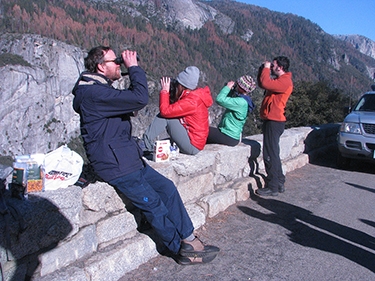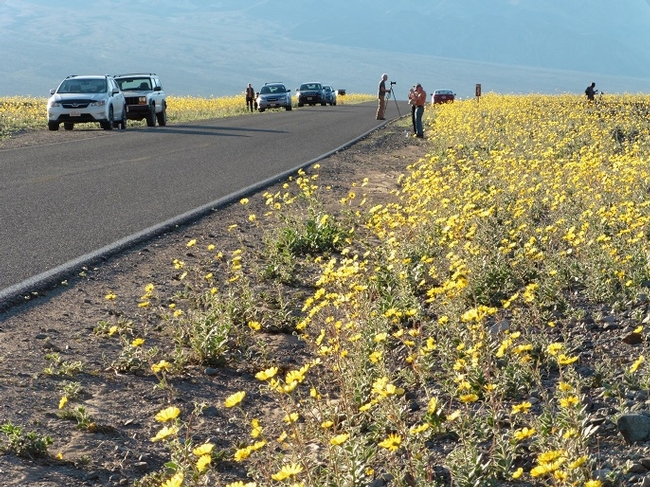Enjoy nature, but don't love it to death
Spring is here and that means time to get outside and enjoy California's beauty. This year people are out in record numbers to see wildflowers and experience all the recreational opportunities that parks offer. CNN reported triple the usual number of visitors to Anza-Borrego Desert State Park. Numbers of recreational visits have surged at National Parks across the county with 330 million visitors recorded last year, during the 100th anniversary of the National Park Service.
Recently published research shows there are recreational impacts on wildlife, even from quiet recreation activities such as hiking and bird watching. Findings were based on 274 scientific articles published between 1981 and 2015 describing the effects of recreation on a variety of animal species across all geographic areas and recreational activities.
More than 93 percent of the articles reviewed indicated at least one impact of recreation on animals, the majority of which (59 percent) were negative. Hiking, for example, a common form of outdoor recreation in protected areas, can create a negative impact by causing animals to flee, taking time away from feeding and expending valuable energy. Among the negative impacts observed were decreased species diversity; decreased survival, reproduction, or abundance; and behavioral or physiological disturbance (such as decreased foraging or increased stress). These types of negative effects were documented most frequently for reptiles, amphibians, and invertebrates.
Park managers often struggle to balance the need to protect wildlife with the importance of accommodating visitors in support of the many essential benefits nature provides people and the importance of spreading conservation awareness. UC California Naturalists can often be found on the trail helping to interpret nature and focusing on leave no trace in an effort to ensure we don't love nature to death. When out enjoying nature please stay on the trail, respect seasonal closures, minimize noise, do not approach animals, and reduce your driving speed – all recommended steps to minimize the impacts of recreation on wildlife. A light touch now ensures wildlife viewing for many years to come.


